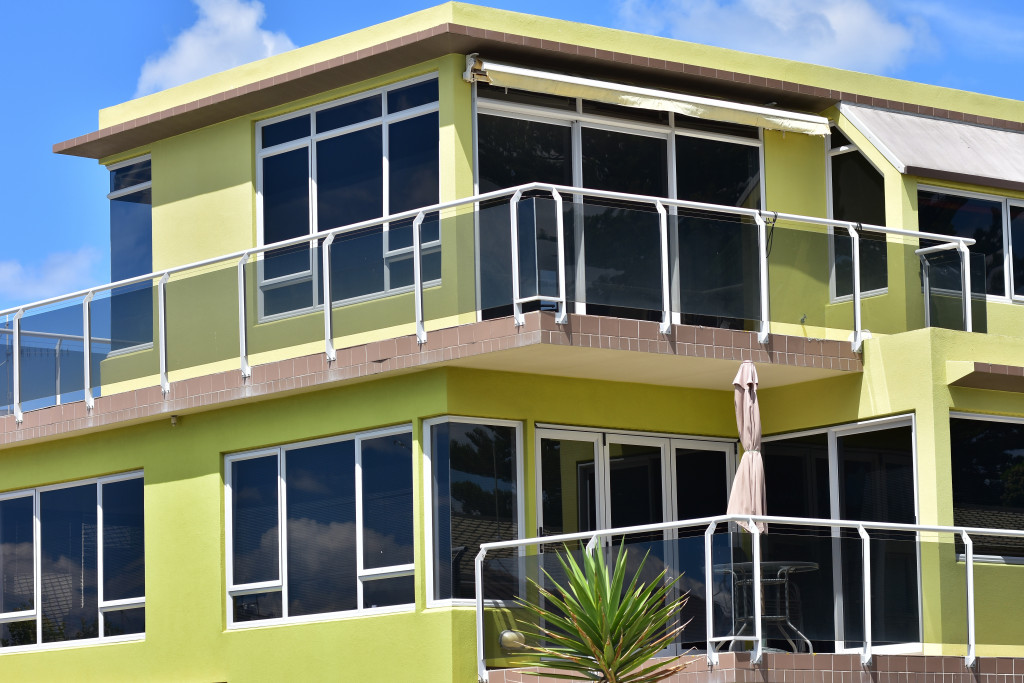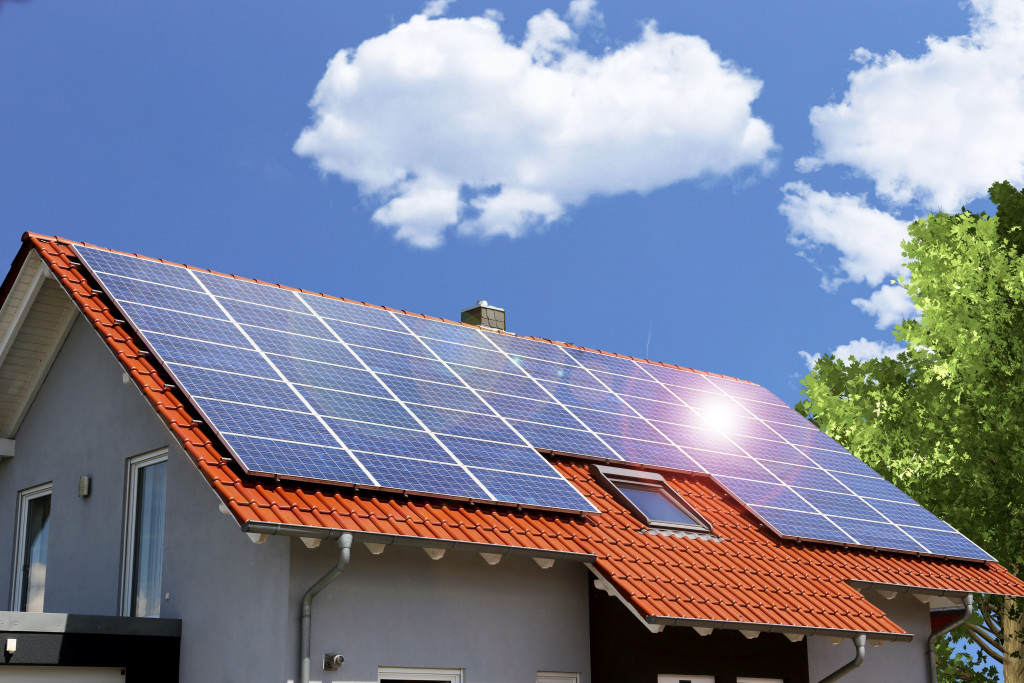- Upgrade old windows and doors with energy-efficient models to significantly lower energy consumption.
- Solar energy investment, coupled with professional installation, drastically reduces reliance on traditional power sources.
- Energy Star-rated appliances, such as refrigerators, dishwashers, and washing machines, considerably cut energy use and cost.
- Weatherstripping, sealing, and using multi-pane glass windows effectively prevent drafts and heat transfer.
As people become more aware of the effects of climate change, it has become essential to be more energy-efficient. Not only does this help reduce the carbon footprint, but it also saves money on utility bills. Homeowners, flippers, and buyers seeking to improve their living spaces can attain maximum energy efficiency by upgrading their homes. This blog post will provide you with some tips to help you achieve this.
Upgrade Your Windows and Doors
Older homes tend to have single-pane windows and uninsulated doors. Replacing these with energy-efficient models can significantly reduce your energy consumption. Look for low-emissivity windows that have a thin coating to help reduce the amount of heat that enters or exits through the window. Energy Star-rated doors can also help you increase your home’s energy efficiency. Here are some factors to take into account:
Materials
When it comes to materials, consider ones that provide good insulation and are durable. For windows, vinyl and wood are excellent options as they offer superior insulation compared to aluminum. For doors, consider materials like fiberglass and steel, which are not only sturdy but also have a higher insulating value than wood.
Multi-Pane Glass
Multi-pane glass windows, whether double or triple-glazed, offer a remarkable enhancement to your home’s energy efficiency. These windows feature multiple layers of glass, with spacers filled with insulating gases like argon or krypton in between. This ingenious design greatly diminishes heat transfer, ensuring a cooler home in the summer and a warmer one in the winter.
Weatherstripping and Sealing
An often overlooked but crucial aspect of energy-efficient homes is proper sealing. Weatherstripping around windows and doors prevents drafts and keeps out cold or hot air, making your heating and cooling systems work more efficiently. Similarly, sealing leaks and cracks in your home’s exterior walls, ceilings, and floors can prevent conditioned air from escaping. Remember, even small leaks can add up, causing a significant impact on your energy consumption.

Invest in Solar Energy
Investing in solar energy is a significant step towards a more energy-efficient home. Solar panels convert sunlight directly into electricity, offering a renewable and sustainable energy source that can drastically reduce your reliance on traditional power sources.
Importantly, choosing professional solar panel installers guarantees that your system will be correctly set up and optimized for maximum energy production. This investment not only contributes to a greener planet but can also lead to considerable savings on your utility bills in the long run.
If possible, consider purchasing a battery storage system for your solar panels. This allows you to store excess energy during the day and use it at night when the sun is not shining, further increasing your home’s energy efficiency.

Upgrade Your Appliances
Appliances contribute significantly to your home’s overall energy consumption. Upgrading to energy-efficient models, particularly those with an Energy Star rating, can lead to substantial energy and cost savings. These models are designed with energy conservation in mind and use substantially less energy than their standard counterparts. This is particularly true for appliances that are used frequently, such as the following:
Refrigerators
Refrigerators are one of the highest energy-consuming appliances in most homes. An older model can use nearly twice as much electricity as a new Energy Star-rated one. Modern refrigerators are designed to be energy-efficient, offering features such as improved insulation, more efficient compressors, and better temperature and defrost mechanisms. As a result, they consume significantly less electricity, helping you save on your energy bills while reducing your environmental impact.
Dishwashers
Dishwashers, particularly older models, can be another significant drain on your house’s energy. Modern, energy-efficient dishwashers not only use less electricity but also less water, making them doubly beneficial for your utility bills and the environment. They come equipped with advanced features like soil sensors that determine how dirty the dishes are and adjust the cycle length and water usage accordingly. Also, they often have energy-saving cycles, which use less energy and water while still effectively cleaning your dishes.
Washing Machines
Just like refrigerators and dishwashers, washing machines can also be a significant energy consumer in homes. Energy-efficient washing machines utilize advanced technology to reduce water and power consumption. They come with various features like load sensing, which adjusts the amount of water based on the load size, and high-speed spins, which extract more water from clothes, reducing drying time. Upgrading to an energy-efficient washing machine can help minimize your home’s energy consumption while maximizing your savings on utility bills.
Upgrading your home for maximum energy efficiency can save you money and reduce your carbon footprint. The tips mentioned in this blog post can help you improve your home’s energy efficiency. Upgrading your windows, doors, and appliances, and investing in solar energy are all significant steps towards a greener home. Remember, every small upgrade can add up to make a big difference in the long run. So start now and make your home more energy-efficient today.


